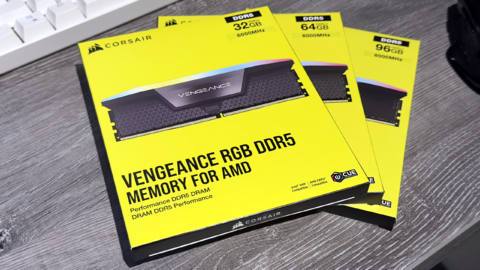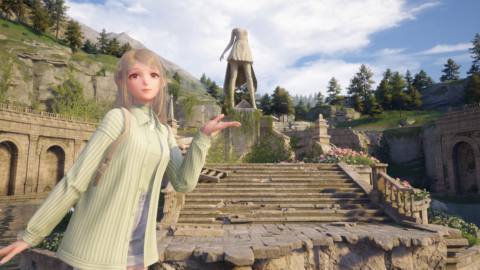Ever since Sony launched the PS VR 2, with its handy do-it-all USB-C plug, back at the beginning of 2023, PC gamers have been wondering when they'll be able to use it too. It seemed so obvious—just plug it into a spare USB-C port on your PC and let SteamVR do the rest.
Of course it's not quite that simple. After years of waiting, Sony has finally released an adapter, possibly the most boring-looking PC peripheral set loose on the world in the past few years, that you'll require to use your $500 headset for your $500 console with your $1,000+ PC. It takes a USB-A connection and a DisplayPort plug from your PC, and a power feed from the wall (would a USB-C power plug have hurt, Sony?) and provides a single USB-C for the PS VR 2 unit to plug into.
It's deeply dull, just a black square with a captive USB cord rather than the sleek white design that characterises the PS5 and PS VR 2. It's so plain that I resorted to photographing the power brick in an attempt to add some visual interest to this review, but that's a black block too. It's almost enough to make you long for RGB.
The plastic finish has a texture to it that's going to collect dust. And while I'm not one to shy away from an obvious joke, it might be better to keep it in a drawer rather than on a shelf.
The choice of DisplayPort 1.4 is an odd one, as HDMI sockets are much more common (DisplayPort being an open standard may have something to do with it) and you may find yourself picking up a USB-C to DisplayPort adapter in order to use the PSVR adapter—although Sony says this won't officially work and it needs to be a native port, something that rules out most gaming laptops. It feels a bit like you're using an outdated piece of equipment that requires multiple adapters strung together to coax into life, though it's still better than the six or so USB cables early Oculus Rift headsets, with their extra sensors, required.
You'll also need Bluetooth to connect the Sony hand controllers to your PC. It needs to be Bluetooth 4.0 or later, which most PCs powerful enough to think about VR should be able to manage. The official compatibility list for USB Bluetooth dongles is very small though, just two products long, and Sony has decided not to incorporate Bluetooth into the adapter, which it could have in order to make it as much like a PS5 as possible.
Your GPU also matters, with Sony recommending a GeForce GTX 1650 / Radeon RX 5500XT or later (the RX 5700 is about PS5 level, though opinion on that varies wildly), and this needs to be paired with a Core i5 7600 / Ryzen 3 3100 or better. These specs sit between those for the Valve Index (lower) and the Meta Quest 3 (higher), though the specs for the games themselves are more important and will outstrip these basics.
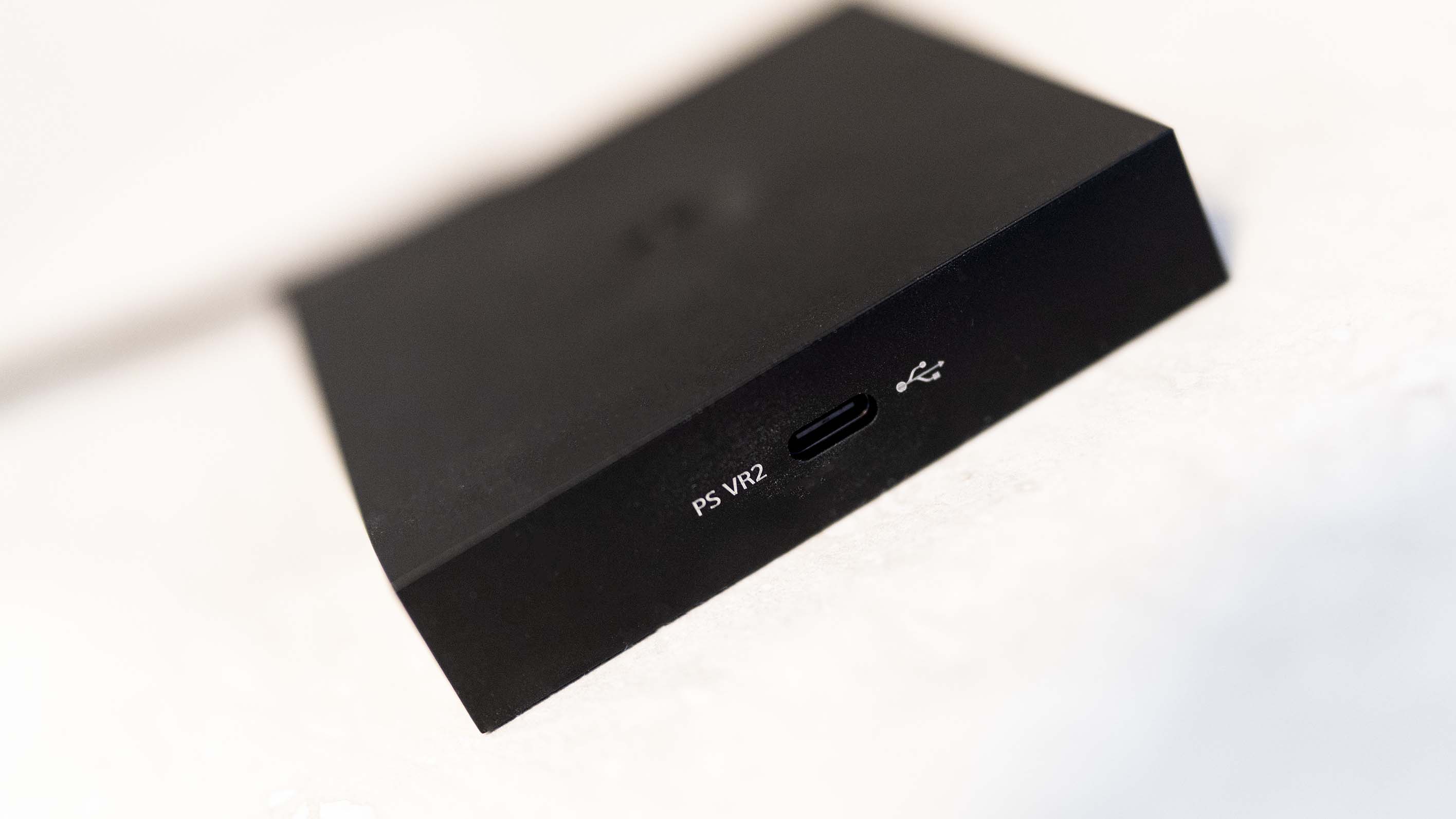
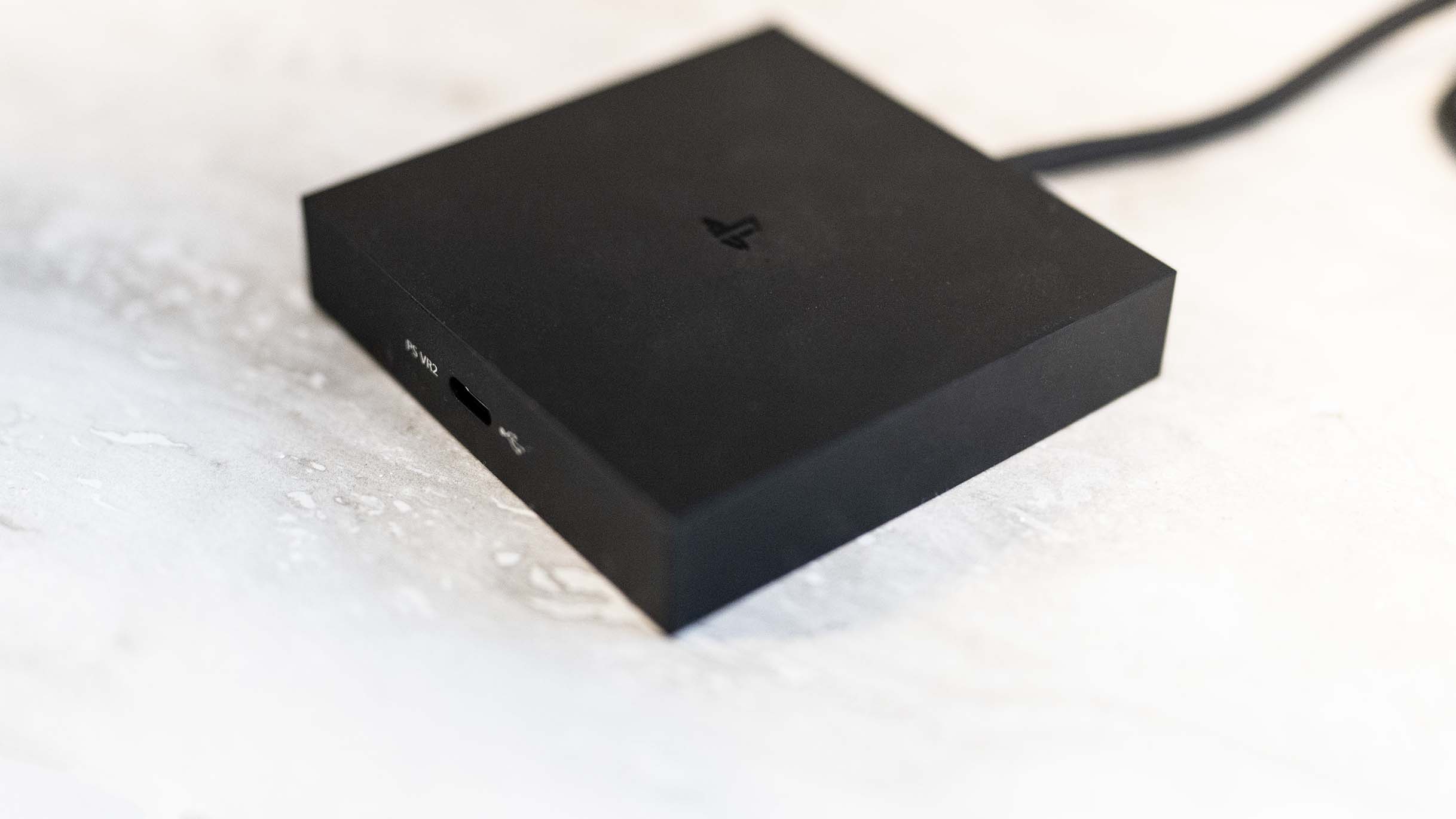
Inside, you'll find the thing that sets the PS VR 2 apart from the Quest and Index—120 Hz OLED screens. They're not quite as high-res as those in the Quest 3, or as fast as those in the Index, but the fact you get vibrant colours and proper blacks (all the reasons OLED gaming monitors get pushed so hard) should help make the PS VR 2 one of the best, if not the best, PC VR headsets available today.
The instruction manual in the box is little more than a folded piece of paper, but setup means installing the SteamVR and PlayStation VR 2 apps in Steam, which are both free, and you'll need a game or two as well. Half-Life Alyx is pretty good. Next, you pair the hand controllers with your PC's Bluetooth, which involves holding down two buttons on each controller and pairing through Windows Settings. They connected immediately on a laptop packing Bluetooth 5.4, which is encouraging.
The system I used to test the PS VR 2 adapter was the one with the biggest GPU available to me, the GeForce RTX 4090 in the ludicrously expensive Acer Predator Helios 18. It doesn't have a full-size DisplayPort socket, however, so I used an adapter from a USB-C port in exactly the way Sony says not to do. On first launching the PlayStation VR 2 app in Steam it runs an install script and downloads some .NET components, then goes through a setup checklist that ended for me with a 'the DisplayPort cable is not connected' message.
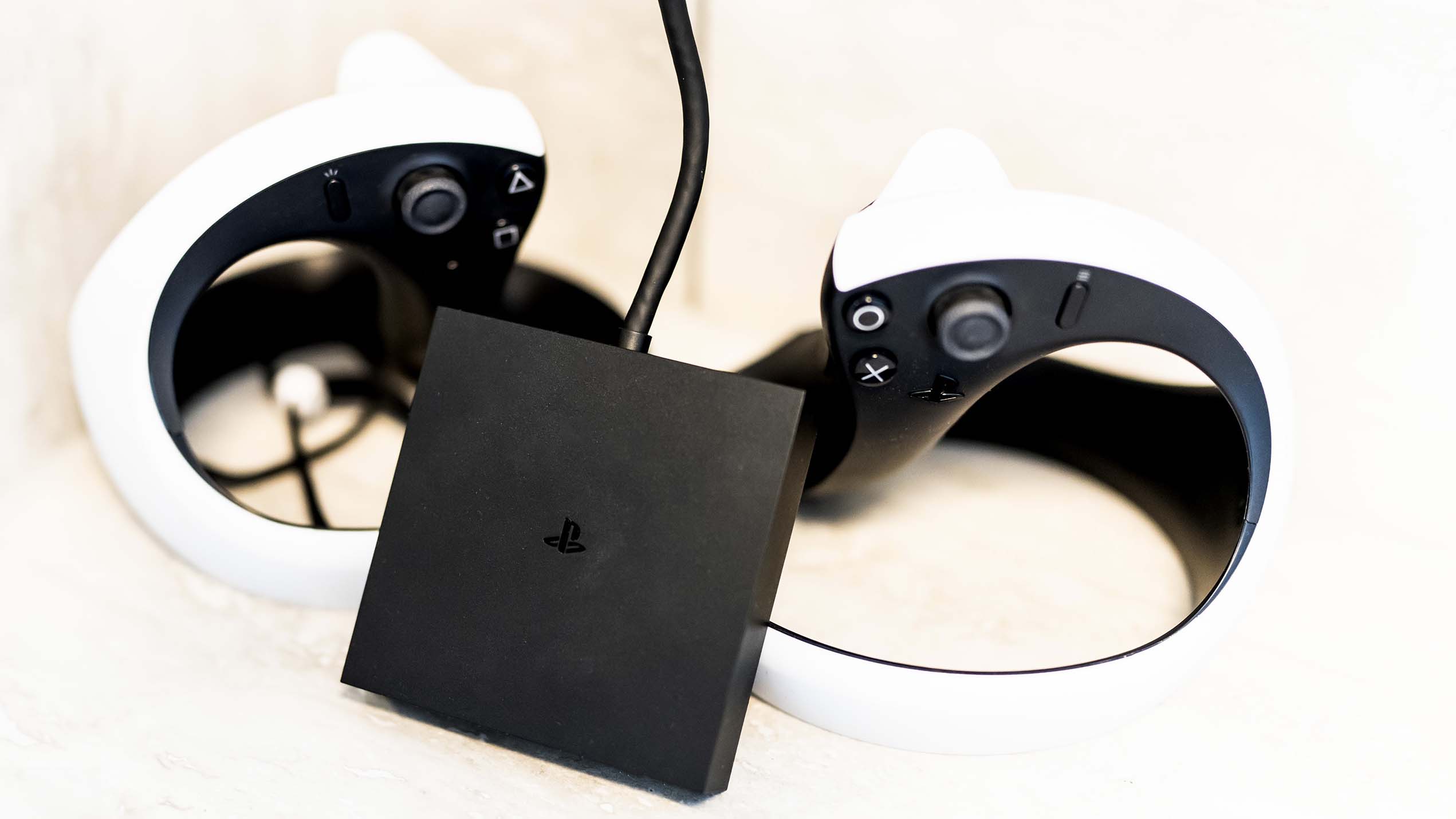


This turned out to be because it wasn't: the cable had slipped out of the USB-C adapter, and pushing it back in produced a 'connected' screen. Suck it, Sony.
Firing up Alyx, I'm reminded of just how good VR can be when it's done well. At the very beginning of the game (it leaves you in an empty space for a worryingly long time while it's loading, which led me to wonder if it was all working correctly—a 'loading' message wouldn't have gone amiss) when you're standing on your City 17 balcony watching the pigeons and Combine scurry about, there was some jerking in the complex scene as the frame rate tanked.
This passed after I teleported inside, and while there were occasional glitches in frame rate, everything from that point on passed fairly smoothly, including bringing up the menu to save the game, and the SteamVR overlay. My major issue with the PS VR 2 is that I seem to be constantly adjusting it to sharpen up text, prevent the rubber surround from squishing my nose or poking me in the eye, and striking a balance between the centre being in focus or the edges being blurry.
✅ You already have a PS5 VR setup and want to broaden your games library: There are maybe five PSVR2 games worth playing and a plethora on SteamVR.
❌ You're looking for a PC-specific VR solution: At least not yet.
The great thing about the PlayStation VR 2 on the PlayStation 5 is that it just works. It connects over a single cable, which is a generous length. You press a button on the hand controllers and they connect first time. And the software is excellent, allowing you to pop up an overlay any time you like. It's a bit finicky about space, preferring you to play every game standing in the centre of a football field, but that's true of many VR options. In my experience, the PC adapter and Steam VR come pretty close to replicating this, though Steam seems less concerned with furniture positioning.
There are horror stories online about Bluetooth not connecting, hand controllers freezing, DisplayPort errors and more. For me, it all worked first time, though I was using a monster laptop to test it with.
Any recommendation of this as a PC VR system is going to come with a lot of the word 'if'. If you already own a PS5, and if you already own a PS VR 2, and if you're really into VR games, and if the selection on PlayStation isn't giving you everything you want, and if you have a good enough gaming PC, then this adapter is a much better idea than buying a second headset. It might, however, be one firmware update away from being the best PC VR hat, and if Sony can iron out any connectivity glitches and keep the price down, there's no reason why it couldn't ascend to that crown.


